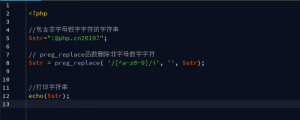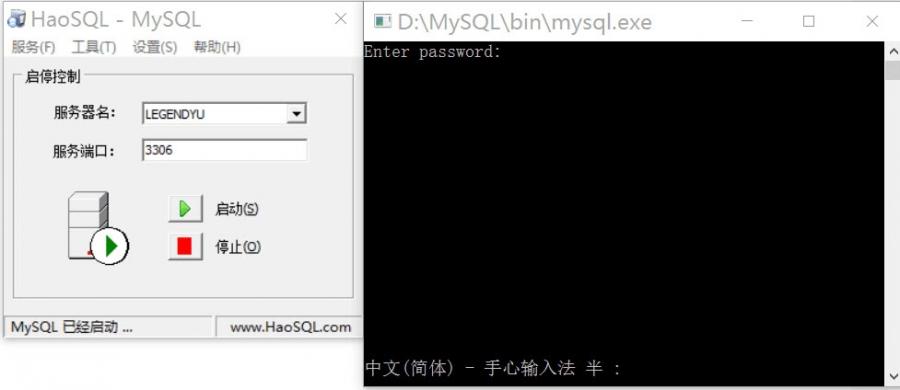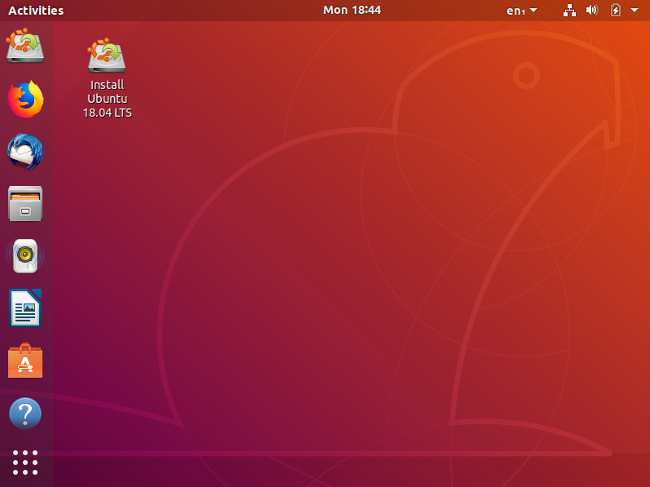在C语言的模块化编程中,头文件实现了模块接口的定义和数据的封装隐藏,它起着非常重要的作用。这里对头文件进行详细讲解:
实例需求:实现两个模块,模块一提供加法和减法运算,模块二调用模块一提供的接口进行计算。
1. 模块一:operation.h
#ifndef OPERATION_H #define OPERATION_H int add(int a, int b); int sub(int a, int b); #endif
2. 模块一:operation.c
#include "operation.h" int add(int a, int b) { return a + b; } int sub(int a, int b) { return a - b; }
3. 模块二:main.c
#include <stdio.h>
#include "operation.h"
int main() {
int a = 10;
int b = 5;
int sum = add(a, b);
int diff = sub(a, b);
printf("sum = %d, diff = %d\n", sum, diff);
}
4. Makefile
makefile
operation.o: operation.c operation.h
main.o: main.c operation.h
main: main.o operation.o
gcc main.o operation.o -o main
clean:
rm *.o main
通过上述代码,实现了两个模块的分离与接口调用:
1. operation.h定义了模块接口(add和sub函数原型)和#ifndef防护。
2. operation.c实现了模块接口函数,并#include “operation.h”包含头文件。
3. main.c调用了操作模块的接口,只通过#include “operation.h”包含头文件即可,不依赖operation.c。
4. Makefile通过operation.o依赖operation.c和operation.h,实现模块接口和实现的连接,main通过调用operation.h间接依赖operation.o,简化了调用。
5. 通过静态函数和变量(operation.c)和对外接口(operation.h),实现了数据与实现的封装。
以上就是一个C语言中简单模块设计的示例,深入理解和巩固了前面讲解的头文件知识。
© 版权声明
本文刊载的所有内容,包括文字、图片、音频、视频、软件、程序、以及网页版式设计等部门来源于互联网,版权均归原作者所有!本网站提供的内容服务于个人学习、研究或欣赏,以及其他非商业性或非盈利性用途,但同时应遵守著作权法及其他相关法律的规定,不得侵犯本网站及相关权利人的合法权利。
联系信息:邮箱aoxolcom@163.com或见网站底部。
联系信息:邮箱aoxolcom@163.com或见网站底部。
THE END

















请登录后发表评论
注册
社交帐号登录